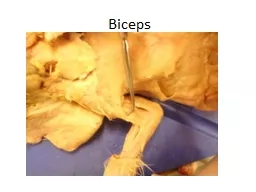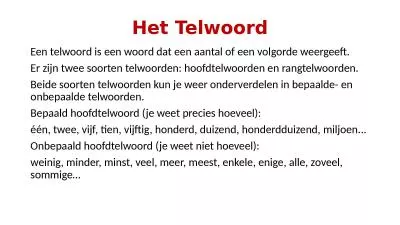PDF-Inuence in RatingsBased Recommender Systems An AlgorithmIndep enden Approac Al Mam un
Author : mitsue-stanley | Published Date : 2014-12-20
In57357uenc is measure of the e57355ect of user on the recommendations from recommender system In 57357uence is erful to ol for understanding the orkings of recommender
Presentation Embed Code
Download Presentation
Download Presentation The PPT/PDF document "Inuence in RatingsBased Recommender Syst..." is the property of its rightful owner. Permission is granted to download and print the materials on this website for personal, non-commercial use only, and to display it on your personal computer provided you do not modify the materials and that you retain all copyright notices contained in the materials. By downloading content from our website, you accept the terms of this agreement.
Inuence in RatingsBased Recommender Systems An AlgorithmIndep enden Approac Al Mam un: Transcript
Download Rules Of Document
"Inuence in RatingsBased Recommender Systems An AlgorithmIndep enden Approac Al Mam un"The content belongs to its owner. You may download and print it for personal use, without modification, and keep all copyright notices. By downloading, you agree to these terms.
Related Documents

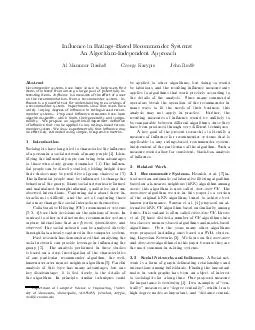


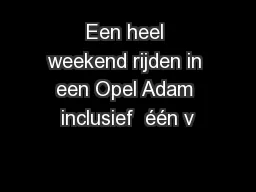


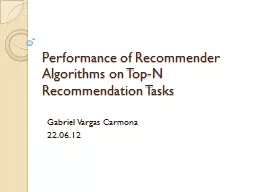
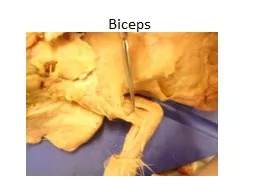


![[17]R.Rashid,A.Tevanian,M.Young,D.Golub,R.Baron,D.Black,W.Bolosky,andJ](https://thumbs.docslides.com/820059/17-r-rashid-a-tevanian-m-young-d-golub-r-baron-d-black-w-bolosky-andj.jpg)
